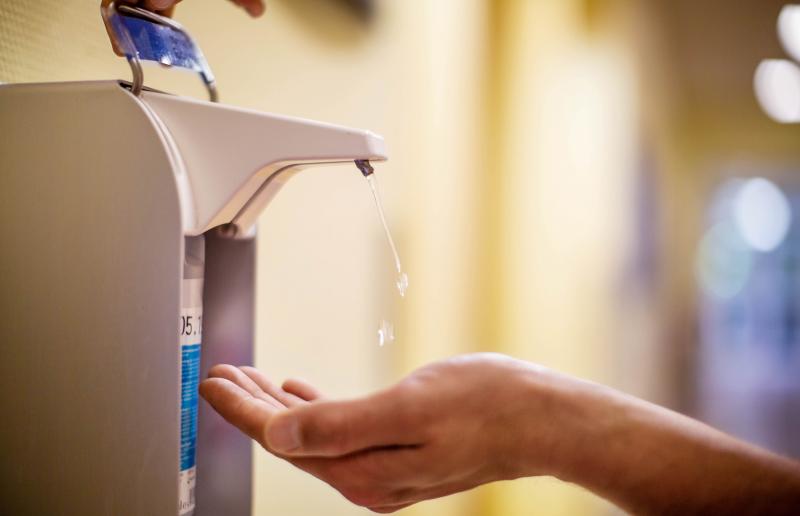Restaurant sanitation is a vigilant mix of commitment, verified science, and trust
It’s hard to believe that I’m still getting emails from readers and listeners telling me they are afraid to dine in a restaurant. The level of misinformation out there is nothing short of mind-boggling. There are not many places you can go nowadays that will be as clean and sanitary as a well-run restaurant. States, including Delaware, continue to update and modernize regulations regarding the people who handle food in restaurants, food trucks, schools, etc. The requirements are fairly straightforward, and many food industry employees must take and pass certification training on food safety.
The Food Handler Training is not quite as extensive as the ServSafe training required for chefs, managers and PIC (persons in charge). It’s specifically targeted at servers, cooks, cashiers, and even clerks in convenience stores where food is prepared and/or handled. The Food Handler Certificate requires the learner to successfully complete a brief training course covering basic food safety and sanitation principles.
Improved cooperation between the industry and regulatory agencies helps to ensure that our food remains wholesome and safe during the often-convoluted journey from “farm to table.” As science and technology merged with “CSI”-style detective work, the regulations that cover the nuts and bolts of the business of eating became organized into a logical sequence of food safety procedures known as HACCP. From the moment a seed is planted or an animal is born (or hatched), Hazard Analysis and Critical Control Points are identified and monitored to ensure that the risk of contamination remains as low as possible. In the restaurant, this means that strict procedures for storing, cooking and serving are a key element in the training of managers, cooks, bartenders and servers. Over the last year or so, that method has been informally extended to tables, condiments, etc., with which guests would come into contact while dining.
Though most of these processes are hidden behind the swinging doors of professional kitchens, customers see them most often in the form of those multilingual HACCP-mandated restroom signs insisting that “employees must wash their hands before returning to work.” Regulations extend to details such as gloves and the handling of money, doorknobs, cans, boxes, etc. The majority of food safety inspectors are strong proponents of repeated handwashing with hot water and soap. As part of the annual Top Chef of the Culinary Coast event for Meals on Wheels Lewes-Rehoboth, I was impressed that we were required to provide handwashing stations, soap and towels for each of the restaurant participants.
In the end, much of this boils down to trust. You trust the server or line cook to care enough about his job to scrub his hands after visiting the restroom. You rely on the restaurant owner to operate in her best interest by making it clear to employees that the business - and their livelihoods - depend on vigilant food handling and area sanitation. Customers might forgive the wrong appetizer appearing at their table, but they won’t soon forget a trip to the emergency room. And, as a guest in a restaurant, your own senses and perceptions must also come into play: Is a restaurant’s bathroom filthy? Are the windows so dirty you can’t see through them? That might suggest similar oversights in the kitchen. Proceed with caution!
Statistics show that attention to actual science and regulation is working. In fact, epidemiological studies have shown that food served by leading fast-food operations is often safer than that prepared in your own home. Technical advances and input from the food industry have given rise to the next generation of protocols known as the FDA Food Safety Modernization Act, further streamlining the capacity to prevent, detect and respond to food safety and sanitation problems.
Speaking of trust, the inspectors can’t be everywhere at the same time. It goes without saying that it’s most definitely in the self-interest of any properly managed restaurant to regulate itself; hour by hour, day in and day out. Customers’ sense of well-being is vital to success in food service, and to that end, restaurateurs don’t talk much about food safety and sanitation. But if you see kitchen personnel handling food properly, and observe servers sanitizing tables, handrails, salt & pepper shakers, etc., you can be pretty confident that the true professionals think about it all the time.




















































